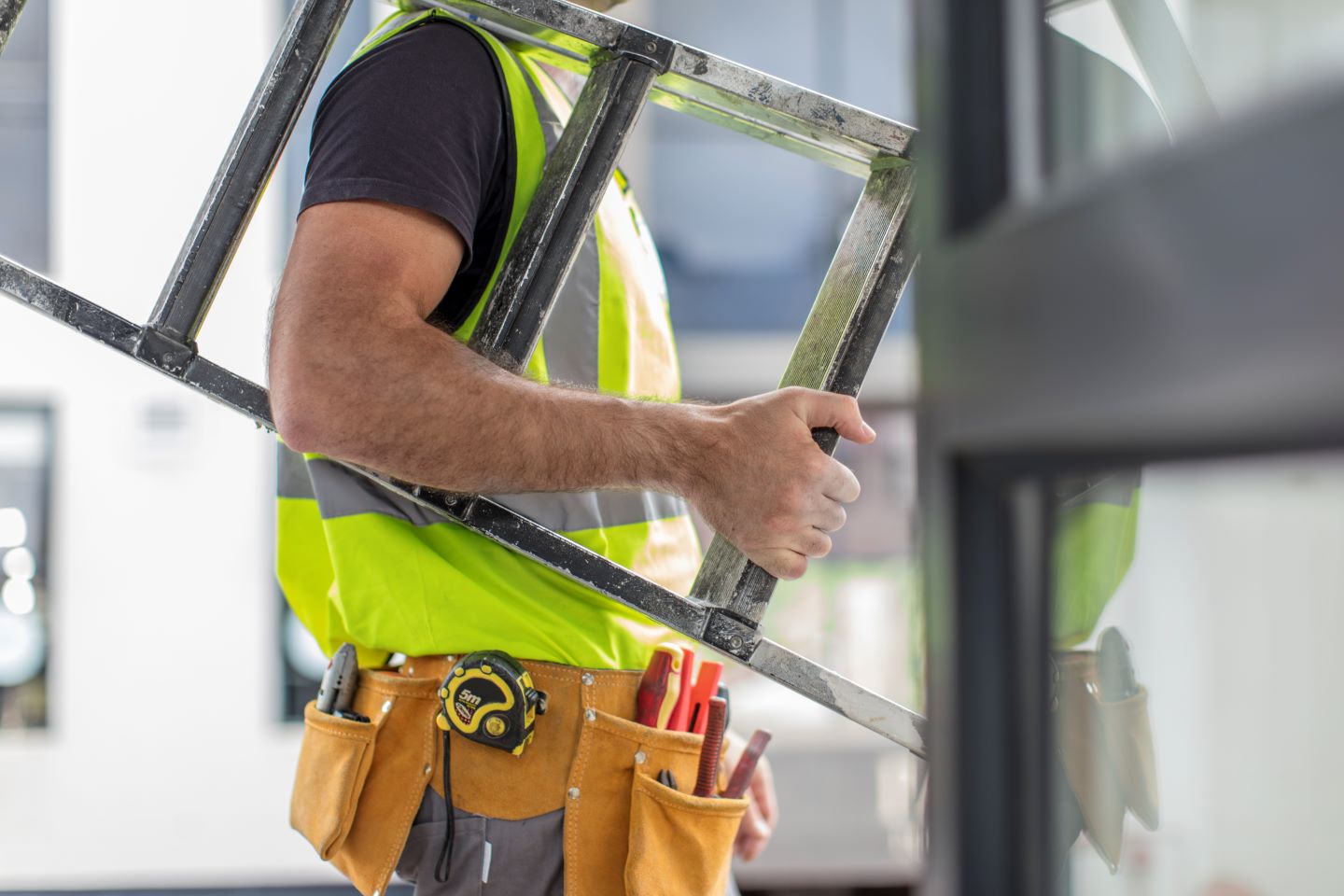Ladder Safety Month
Did you know that March is Ladder Safety Month? Well, now you do! With that, we thought this would be the perfect time to discuss some tips to ensure you stay safe when using a ladder; whether it be at home, at the office, or on a job site.
We want to ensure you are safe, at all heights.
Three-point contact rule
The three points of contact rule is straight forward and an excellent rule to follow when using a ladder. You want to maintain a three-point contact by always keeping two hands and one foot, or two feet and one hand on the ladder. This will help to not only keep you stable on the ladder but help you to recover if you do accidently slip or lose your footing or hand support.
Tips for ladder safety
Along with following the three-point contact rule, there are several other things to keep in mind when using a ladder.
Here are a few tips to help ensure you stay safe when working at an elevated height:
- Use the right ladder for the job
- Investigate the ladder for any issues before climbing
- Ensure the ladder is placed on level, clean, and cleared ground
- Don’t use ladders in extreme weather
- Don’t overreach when using a ladder
- Make sure the ladder is placed properly and is free from obstacles
- Use a tool belt to ensure your hands are free
- Only one person should be on a ladder at a time
- Wear proper, non-slip footwear
- Don’t extend a ladder beyond the sections’ minimum overlap so that it is no longer stable
- Avoid leaning sideways from a ladder over an edge of a floor opening
- Try not to work at heights for an extended amount of time
- Don’t move the ladder until you are back on the ground
- Climb up and down the ladder slowly, ensuring you take your time
- If you feel lightheaded or dizzy, dismount the ladder immediately
Falls from ladders, at any height can be dangerous. Sudden bumps or jolts can cause the brain to bounce back and forth in the skull, causing injuries of varying degrees. Concussions are traumatic brain injuries (TBIs) that can cause functional changes in how our brains work. Concussions most often occur because of blows to the head during:
- Sports and recreation activities
- Car accidents
- Slips and falls
- Workplace incidents
Individuals who experience concussions will likely fully recover within a few days or weeks. Others may, unfortunately, experience consequences for more extended periods.
Most occupational traumatic brain injuries are preventable. Below are some actions you can take to protect yourself on the job:
- Wear protective headgear when working at heights or when there is a risk of falling objects
- Follow fall protection plans for your workplace
- Ensure you have high-quality, undamaged headgear that complies with CSA or ANSI standards for head protection
- Check that your head protection fits properly and is secure

